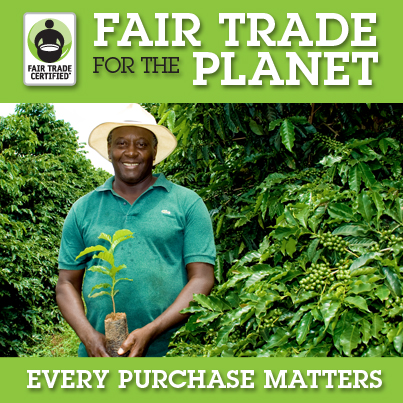In response to Tanner Kirkpatrick’s post about Nestle’s exploitation of children as plantation workers, I have found an interesting article debating the effectiveness of the Fair Trade Certification, aimed at helping disadvantaged farmers .
The article describes both sides of the debate, some stating that the Fair Trade Certification gave rise to productive inefficiency, as it establishes price floors for the crops grown by the disadvantaged farmers, against the forces of the free market. Others say that that it helps remedy the prevalent problem of child exploitation in farming industry. It’s also important to note that Fair Trade only helps farmers in developing countries, as they are more in desperate need of income than their developed world counterparts, even though they may share the same problem.
In all, I believe that Fair Trade Certification goods are a step in the right direction, especially their decision to work with big companies like Starbucks, making the movement more mainstream. The opponent’s argument of productive inefficiency can easily be countered. For example, according to the article, under the minimum-price guarantee system, Indian rice farmers became more secure financially and invested their profits in a new tractor and land leveler, becoming 30% more efficient.

